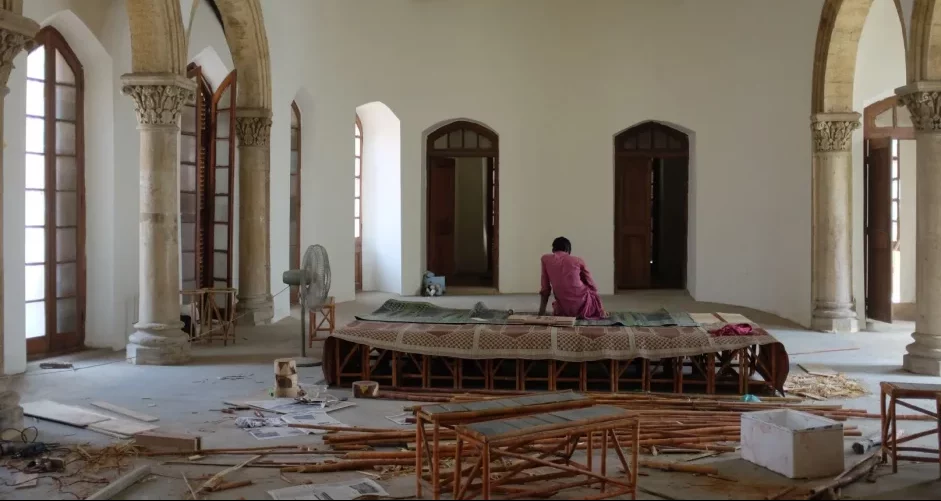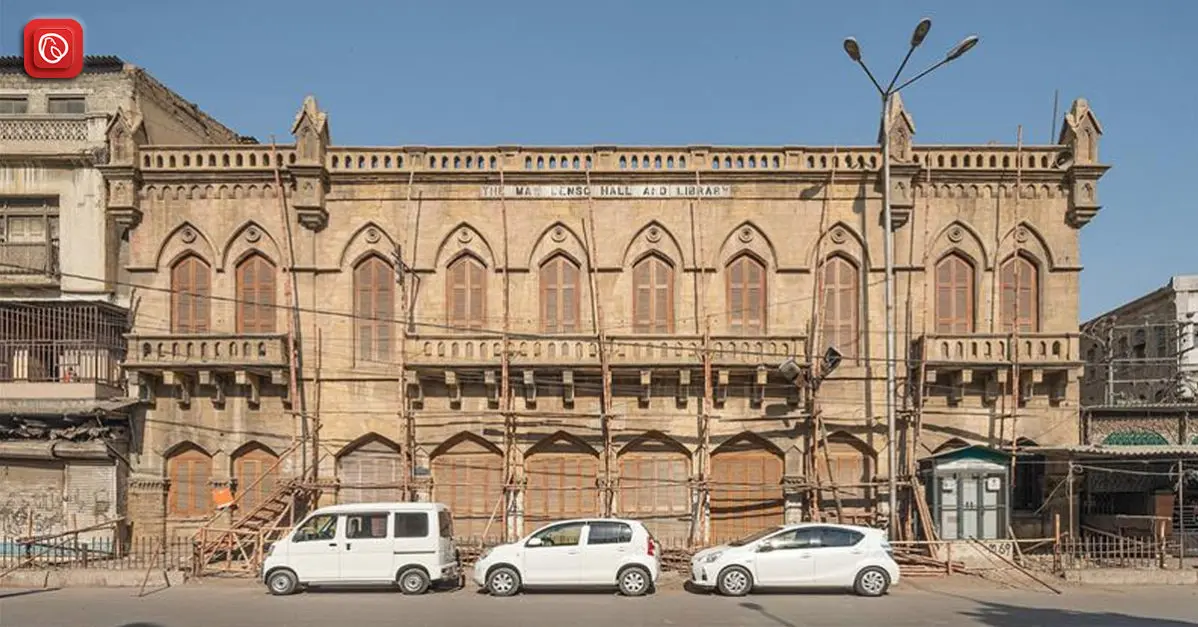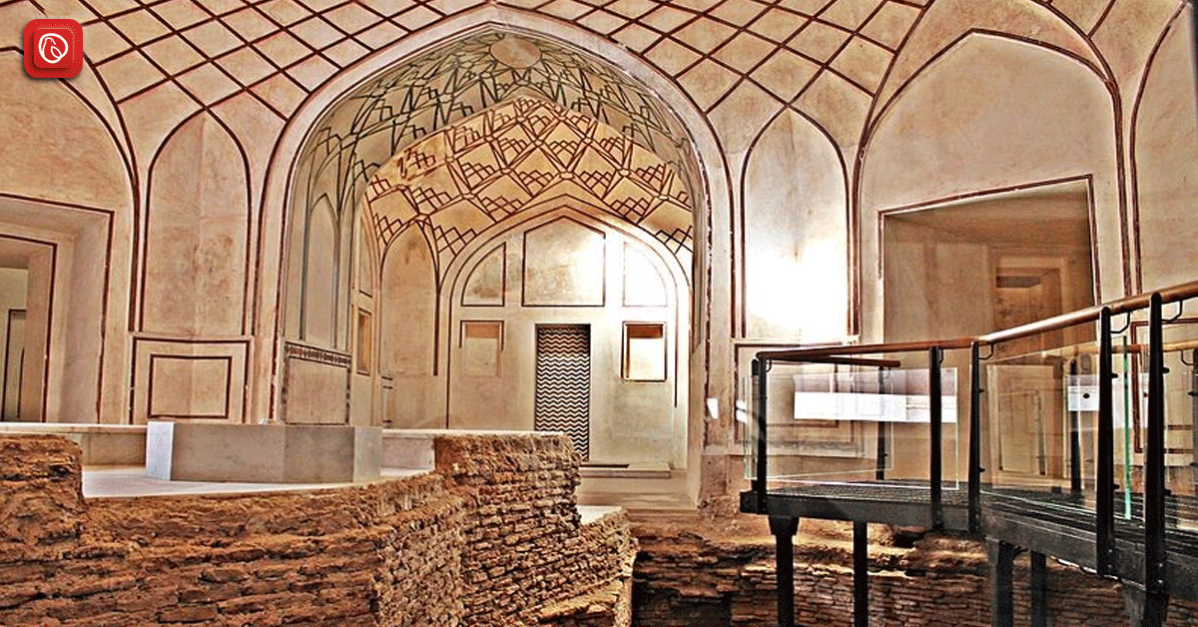Denso Hall, sometimes called The Max Denso Hall and Library, is at the intersection of M.A. Jinnah Road and Karachi, Pakistan. Constructed in 1886, this historic landmark occupies a unique role in the city’s cultural legacy. Denso Hall, the first library in Karachi created especially for the local populace, is a vital representation of literacy and intellectual development.
In this blog, Graana.com offers you significant insight into the cultural, historical, and architectural significance of the Hall. For more details, keep scrolling.
Location
Denso Hall, formerly known as The Max Denso Hall and Library, is not only the first native-population library in Karachi but also has a prominent location in the heart of the bustling city. It is conveniently accessible from all areas of Karachi and lies in the borough of Saddar Town, at the intersection of Mohammad Ali Jinnah Road, Murad Khan Road, and Marriott Road.
Here’s a closer look at the area around:
- M.A. Jinnah Road: James Strachan, the architect of the Hall, also designed the architecturally notable Jahangir Kothari Building, which stands in front of the Hall on this well-known street. This side of the street is also home to several other lovely buildings.
- Across from the Hall, on the opposite side of M.A. Jinnah Road, are historic structures constructed by the city’s old merchant princes. These constantly remind Karachi’s heyday as the British Empire’s top wheat exporter.
- Marriott Road: Several historically significant protected buildings line the famous Marriott Road behind Denso Hall, adding to the area’s rich legacy.
History
There were numerous libraries in Karachi under the British Raj but were only used by British officials and their families. This resulted in a glaring imbalance in access to information and resources for the indigenous community.
The concept of Denso Hall gained traction when it was realized that the community needed a place that would support literacy and intellectual development.
The library’s name honours Max Denso, a well-known person who presided over the Karachi Chamber of Commerce in the 1870s. Denso’s lobbying and financial contributions were crucial in forming this vital organisation. Architect James Strachan created it using native Gizri sandstone and a Venetian Gothic architectural style with Tudor overtones.
The structure’s design, with a large hall and library on the first floor and a reading room and library on the ground floor, allowed for lectures and communal events in addition to solitary study. The construction of Denso Hall indeed acted as a lighthouse of information, encouraging reading and other intellectual endeavours among Karachi residents.
Architecture

James Strachan created the distinctive architectural style of Denso Hall, which has stood tall since 1886. The structure, constructed entirely of native Gizri sandstone, is an intriguing fusion of Venetian Gothic and Tudor architectural styles.
Venetian Gothic Flourishes
The building’s general design is influenced by Venetian Gothic architecture. Pointed arches, ornamental window tracery, and a general feeling of verticality are characteristics of this style. Both the front and maybe the interior details feature these motifs.
Tudor Touches
It’s thought that Denso Hall’s top floor contains the Tudor elements. Brick, ornamental chimneys, and half-timbered framing characterise this architectural style.
Local Materials, Lasting Design
Gizri sandstone, a locally available material, gives Denso Hall a hint of Karachi’s charm. This keeps the building rooted in its specific location and guarantees its longevity.
Layout for Learning and Community
The original design included a ground-floor library and reading area to accommodate individual study demands. One of the first floor’s large halls was mostly for community gatherings, seminars, or extra space for the library.
A Noteworthy Feature
A particular emphasis should go to the clock tower atop the building facing the Jehangir Kothari Building. The tower functions as a surviving architectural feature and a memory of the kindness of Rao Sahib Ramdas Morarji, the Parsi benefactor who donated the clock, even though the clock mechanism itself is no longer in place.
Efforts Towards Restoration
Positive developments for the preservation of Denso Hall surfaced in 2010. The Karachi Electric Supply Corporation provided financial support to the Cultural Foundation Pakistan, which announced plans to restore Denso Hall and designate it as a cultural site. This campaign brought attention to the importance of protecting this historical building in Karachi.
2019 saw the implementation of actual plans for Denso Hall’s restoration. These initiatives were a big step towards returning the Hall to life as a treasured piece of Karachi’s history.
A New Cultural Hub
In a move that promised to enrich the Hall’s cultural significance, Mayor Karachi Barrister Murtaza Wahab had announced the arrival of the Karachi Metropolitan Museum at this historic landmark.
FAQs
Following are some of the FAQs.
What is Denso Hall?
Denso Hall, is a historic building in Karachi, Pakistan.
Where is it located?
The three roads, Mohammad Ali Jinnah Road, Murad Khan Road, and Marriott Road, form a triangular corner in Saddar Town, central Karachi, where Denso Hall lies. This convenient location makes it easily accessible for visitors.
What is the architectural style of the Hall?
The architectural design is a fascinating blend of Venetian Gothic and Tudor styles. Local Gizri sandstone adds a touch of Karachi’s character to the building’s exterior.
Is it currently a functioning library?
Limited information is available on Denso Hall’s current status as a library.
Can people visit Denso Hall?
Yes! It’s advisable to check for specific timings and visiting guidelines closer to the opening date.
For more information, visit Graana.com.




